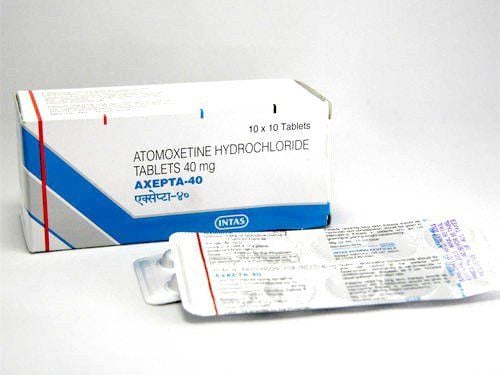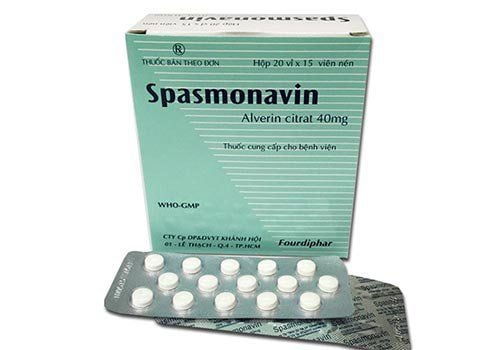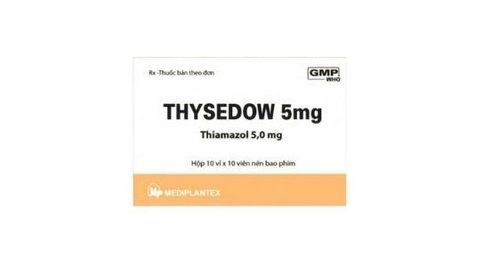This is an automatically translated article.
Metformax is a drug belonging to the group of hormone stabilizers. Before using you need to learn about Metformax 850 and Metformax 500 to determine the right dosage. Here is some information to share to help you understand and understand Metformax drug.1. Uses of the drug Metformax
Metformax is a pharmaceutical drug used to treat diseases in diabetics or patients with metabolic disorders. However, the use of Metformax did not affect the blood sugar index of patients with diabetes. Metformax is usually indicated for treatment with the following goals:
Increases the activity of cellular glucose Inhibits the amount of glucose absorbed in the small intestine Inhibits the regeneration of glucose production in the liver Based on the purpose of treatment This is for which Metformax is used for normal dietary control. Patients taking Metformax need to be prescribed and checked by their doctor beforehand. The use of Metformax is also aimed at patients who are on a weight loss diet to improve health.
Metformax is used to treat diabetes patients and people who are on a diet to control blood sugar. However, if used for young children, it is necessary to ensure that the patient is over 10 years old and ready to use a single or combined insulin regimen when necessary.
2. Dosage and how to use Metformax
There are two types of oral Metformax drugs, Metformax 850 and Metformax 500. Each type has the same composition, but the dosage ratio is changed for the convenience of the patient when using. Metformax is available as a non-chewable tablet. Patients need to use after meals to increase the effectiveness of treatment.Normally with 500 mg tablets will use 1 tablet for a dose 2 times / day. The patient should not take more than 4 tablets at a dose of 500 mg per day. With oral tablet 850 mg also use 1 tablet but as a single dose and increase to a maximum of 3 tablets / day when really needed. Specific dosage will be prescribed by the doctor when examining the patient's health.
Before taking Metformax, the patient needs to be carefully checked. Because there are two different dosage types, it is important to consider the prescription based on the appropriate drug to ensure that the dose is correct with the prescription. Moreover, when using Metformax, patients should try to use the full and correct dose to maintain the effect.
When you accidentally take an overdose or forget to take the drug several times a day, you should notify the treating doctor. Do not adjust the dose yourself or double the dose. Tell your doctor about any problems you have and keep an eye on your body for any changes. If you find any unusual signs, please go to the hospital to check for convenient handling.
3. Precautions before taking Metformax
Before using Metformax, you need to carefully consider the effects of sensitivity or irritation caused by the drug. In some patients, early control of drug irritation is possible based on a documented history of component allergy. You need to be extra careful if the drug is contraindicated in the following groups:
Ketosis Severe Patient is dehydrated Patients with a history of shock during drug therapy Patients who have recently undergone contrast imaging Patients with heart failure Patients who have recently recovered from myocardial infarction Patients with heart failure patients Respiratory Patients with impaired liver function Patients with known or suspected alcohol intoxication Patients who regularly use alcoholic beverages or stimulants Patients who have recently undergone surgery Women who are breastfeeding or suspected of being pregnant Patients with hypothyroidism Each patient subject to treatment should consult to find out the compatibility level of Metformax drug. Especially when identifying yourself in the group of contraindications, you should discuss with your doctor for a timely treatment plan. If you are not on the list of contraindications, talk to your doctor.
Avoid self-medicating without a doctor's prescription or diagnosis. Although not subject to contraindications, arbitrary use of drugs always carries potential risks that seriously affect the patient's health.
Children under 10 years old or people with suspected liver and kidney failure when taking Metformax should be very careful. This group of subjects may affect or fail to achieve the treatment goal if they do not regularly monitor the progress. After using the drug, it is necessary to control cardiovascular disease, blood oxygen level or electrolyte loss. If an infection is found in the patient, please notify the doctor for assistance in adjusting or discontinuing the drug.
Patients with lactic acidosis should be diagnosed first based on creatinine clearance rate. Procedures with epidural or spinal anesthesia should be considered and avoided at the same time as patients being treated with Metformax.
4. Metformax side effects
Digestive disorders Blood effects Taste disorders causing vomiting Abdominal pain Gastrointestinal dysfunction Decreased amount of vitamin b12 according to the body's needs Anorexia Loss of weight Weight loss Metformax side effects may appear when the patient Overdosage or incorrect dosage prescribed on prescription. The above side effects are for reference only, not the full effects of Metformax. You should pay close attention to any changes to promptly control your health status.
If you detect an overdose, notify your doctor to promptly stop using it. Patients with severe eosinophilia will receive 7.5% sodium bicarbonate intravenously or undergo hemodialysis/peritoneal dialysis to reduce Metformax levels in the body.
5. Interactions with drugs Metformax
Metformax drug was found to interact with patients who have a habit of using alcoholic beverages and stimulants. When the amount of stimulant in the patient's body increases, Metformax may promote an interaction that increases the risk of lactic acidosis. Moreover, the patient will be warned by the doctor about the complication caused by hypoglycemia, although the use of Metformax has no effect on reducing the patient's blood sugar index.
Dosage of Metformax is a single dose or a combination that needs to be monitored regularly. Do not increase the dose too quickly or change the dose suddenly, affecting the patient's health. Any dosage adjustment should be gradual and with a positive adaptation coming from the patient's body.
Contrast in scans containing iodine is not recommended during treatment with Metformax. In addition, patients should avoid concomitant use of certain other drugs such as ACEIs, Glucocorticoids or diuretics. Every drug that you want to use in combination should consult your doctor first. Even if it is a health-promoting supplement, it should not be used arbitrarily.
Metformax drug interactions can have many causes. However, proactively talking to your doctor about the effects can help you detect drug interactions early and deal with them. Always monitor your health status and regularly revisit and discuss with your doctor to make timely adjustments when necessary.
Metformax drugs need attention when using because there are 2 dosage forms 500 and 850. When using Metformax you should regularly re-examine and follow the doctor's instructions. If there are any unusual problems, please notify your doctor for timely treatment.













